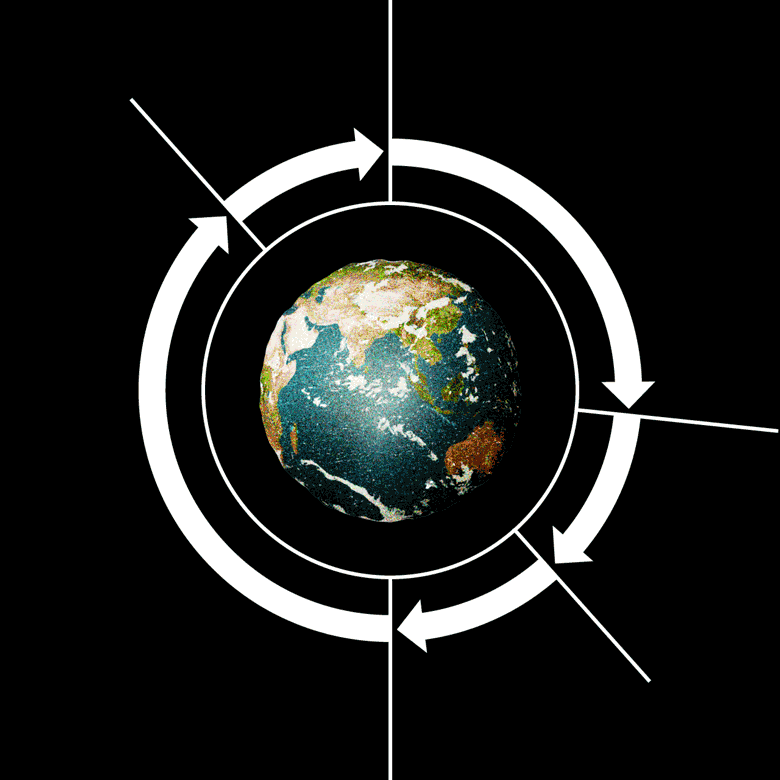Energy efficiency.
Smart using of energy is part of our DNA, and our greatest opportunity to make a difference is by reducing the energy consumed by our luminaires when in use. This is where integrated lighting control, efficient products, and incentives to choose green electricity come into play. By creating optimal conditions for the right light in the right place and at the right time, we can help reduce unnecessary energy consumption and spare our planet’s resources.
OUR TARGETS:
- 100% of our lighting solutions should be connected and be controllable in the way that is most efficient in the environment in which they are used.
- 100% of our product range shall be regularly updated in three-year periods with the latest technology that enables more energy-efficient solutions.
![]()
UN Goal No. 7 & 11
Affordable and clean energy
The global rate of improvement in energy efficiency needs to accelerate. We can contribute by helping our customers reduce their energy consumption over time. This will result in less electricity needing to be produced and will serve to accelerate the transition to green energy sources and energy for all.
Sustainable cities and communities
Our cities are growing and becoming denser, which places high demands on sustainable urban development and sustainable construction. With lighting control and smart solutions, we can increase the sense of security and create vibrant cities, without compromising on energy efficiency or light comfort.
7.3 Double the improvment in energy efficiency
Our products are continuously becoming more efficient – through better diodes, smarter designs, and efficient lighting control.
11.6 Reduce the environmental impact of cities
More than 15% of all electricity produced globally is used for lighting. With one of the industry’s most efficient lighting solutions and smart lighting controls, we have the potential to reduce our collective impact.
11.7 Provide access to safe and inclusive green and public spaces
Light is a prerequisite for green areas and public spaces to be used safely even in the dark. With lighting control and presence sensors, light can be provided when needed but energy is saved when no one is around.
What are we doing to achieve our targets?
There is nothing more unnecessary than a luminaire that is switched on when no one is around. This is why all of our luminaires can be equipped with lighting control via presence detection or pre-programmed lighting solutions, all to reduce unnecessary energy consumption and conserve the Earth’s resources. We have lighting control systems and solutions for all different types of application areas where our two largest systems are Organic Response, for offices and learning environments, and Citygrid, developed for outdoor environments.
With CLO, you can avoid over-illumination, which means a lower installed output and, in some cases, even fewer luminaires. The luminous flux from LEDs in luminaires degrades over time. The majority of our luminaires are therefore equipped with Constant Light Output (CLO) with a light-depreciation value of L100.
This means that luminaires with CLO L100 maintain the same light level after 100,000 hours of burn time as when they are first installed, which makes it easy to save energy and you get a higher maintenance factor and a more optimised facility. We’re saving energy for the sake of the future.
Bol.com is the largest online retailer in the Netherlands. Their head office is in Papendorp Park in Utrecht, where they rent a total of 40,000 square metres of office space over 46 floors. We were commissioned by Bol to install more than 6,000 Organic Response sensors (and 90 gateways) in the building, which produced immediate energy savings and provided smart lighting control. Via an extensive wireless network, the sensors share data about occupancy and energy consumption in each space, and Bol now has full control of how the energy is used.
The way offices, meeting rooms, and other areas are used can also be monitored via heat maps for each single luminaire. The network is future-proof and allows for additional connection to various platforms for building automation (Building Management Systems) for further optimisation and to broaden insights. In total, a saving of 60% has been achieved compared to the previous installation. This corresponds to a reduction of 400 tonnes of CO2 per year.
To meet our customers’ need for energy-efficient lighting solutions, we have proprietary local manufacturing of sensors and LED boards. With our extensive expertise, development, and manufacturing take place in our own factory, which gives us good control over quality and production. Here we perform thorough testing and continuously improve quality, function, and sustainability.

Our life-cycle assessments (LCAs) show that the greatest environmental impact of our luminaires occurs during the use phase. In most cases, energy consumption during use represents more than 75% of a luminaire’s total greenhouse gas emissions over its entire life cycle. An effective way to reduce energy consumption, and thus environmental impact, is to choose luminaires with lighting control and Constant Light Output (CLO). We also advise the user to choose energy from renewable sources such as solar-, wind- or hydropower.